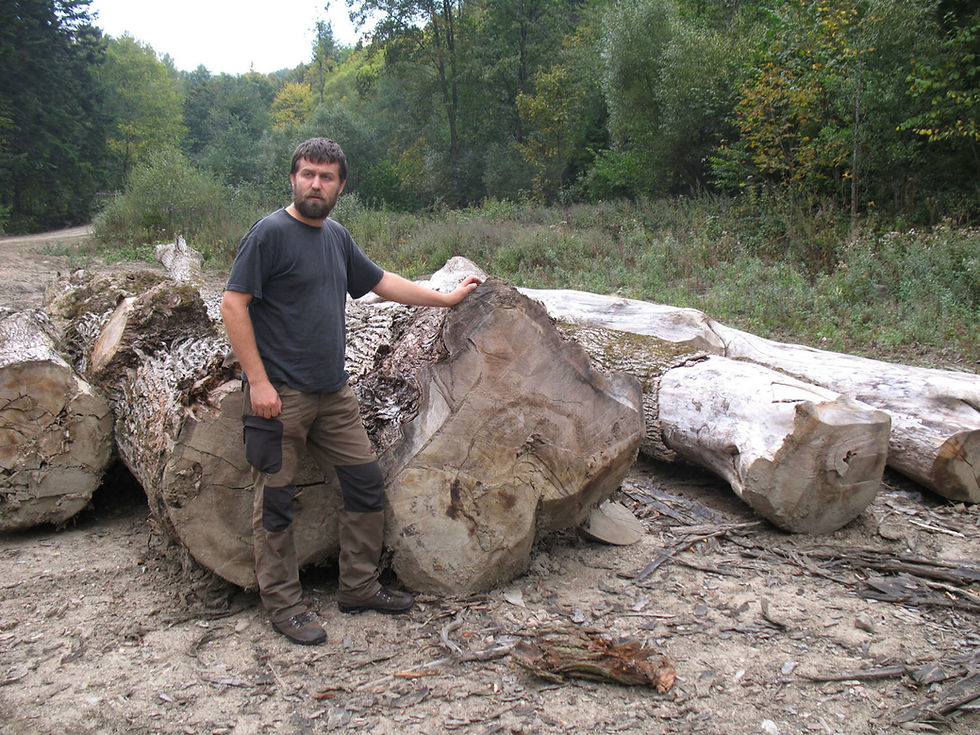Carbon Loophole: Why Is Wood Burning Counted as Green Energy?
It was once one of Europe’s largest coal-burning power stations. Now, after replacing coal in its boilers with wood pellets shipped from the U.S. South, the Drax Power Station in Britain claims to be the largest carbon-saving project in Europe. About 23 million tons of carbon dioxide goes up its stacks each year. But because new trees will be planted in the cut forests, the company says the Drax plant is carbon-neutral.
There is one problem.
Ecologists say that the claims of carbon neutrality, which are accepted by the European Union and the British government, do not stand up to scrutiny. The forests of North Carolina, Louisiana, and Mississippi — as well as those in Europe — are being destroyed to sustain a European fantasy about renewable energy. And with many power plants in Europe and elsewhere starting to replace coal with wood, the question of who is right is becoming ever more important.
Since 2009, the 28 nations of the European Union have embarked on a dramatic switch to generating power from renewable energy. While most of the good-news headlines have been about the rise of wind and solar, much of the new “green” power has actually come from burning wood in converted coal power stations.
Wood burning is booming from Britain to Romania. Much of the timber is sourced locally, which is raising serious concerns among European environmentalists about whether every tree cut down for burning is truly replaced by a new one. But Drax’s giant wood-burning boilers are fueled almost entirely by 6.5 million tons of wood pellets shipped annually across the Atlantic.

Fred Pearce



